Letter recognition is an important first step in learning to read and write. However, one problem that emerging readers invariably face, is having to recognise variations in how letters are written. There wouldn’t be too many early-years teachers who haven’t had a student point to a letter in a book, written in a different font and ask, “What’s that one?” This is why it is crucial that students begin to explore different fonts and prints.
Most education authorities have their own preferred font for teaching students to read and write the alphabet.
Of course, these fonts should be used consistently however, it is only a matter of time before an emerging reader will come across an ‘a’ or a ‘g’ in a class reader or library book.
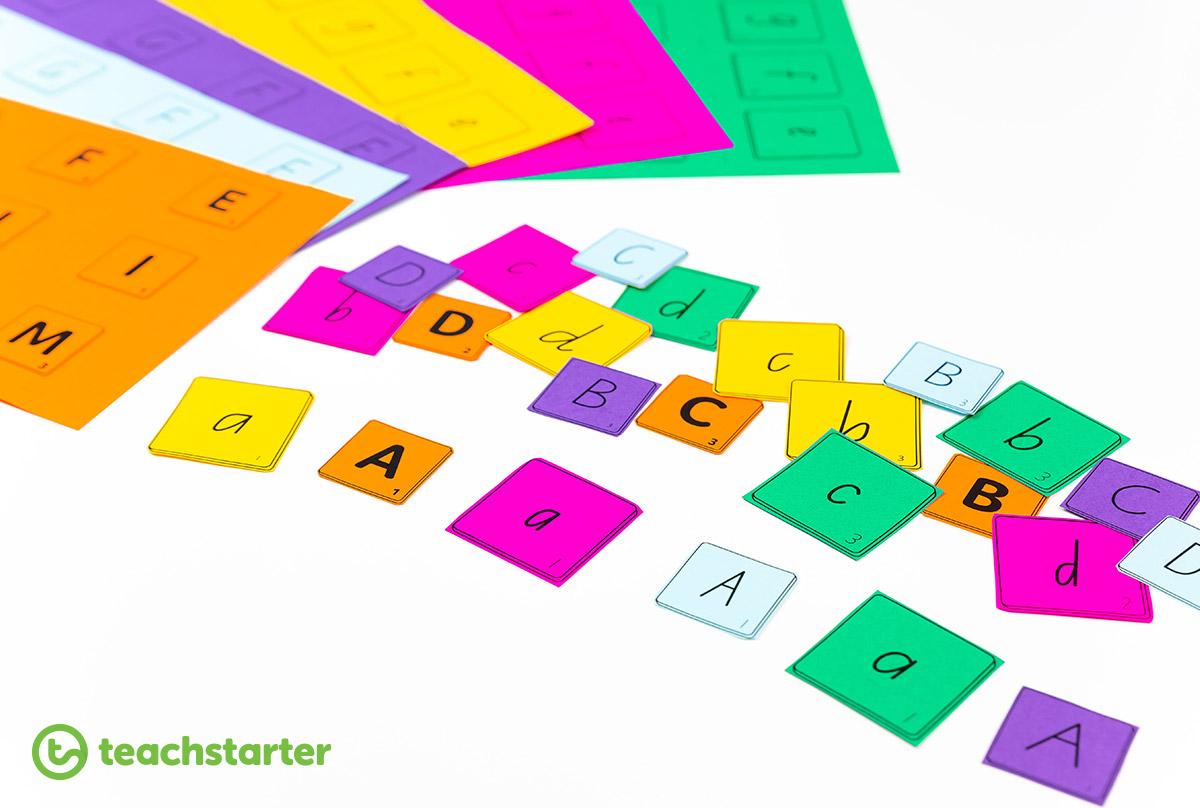
Whilst it isn’t the greatest of pedagogical crises, it is important to expose students to these variations and to explicitly identify them when the opportunity presents itself.
Here are a few ideas on how to do just that!
Tips and Resources for Exposing Children to Different Fonts
Recognising Uppercase and Lowercase Letters
This resource is a quick and easy way to introduce younger readers/writers to font variations in letters and to consolidate letter recognition. It also lends itself to rich discussions about the key characteristics of individual letters.
Letter ‘Snap’
We all know the card game ‘Snap’ so why not use it for comparing and recognising the same letters in different fonts?
Our Giant Letter Tiles – Lowercase and Giant Letter Tiles – Uppercase are available in a variety of different school fonts, which surprisingly look significantly different from state to state.
We printed four different fonts of the lowercase and uppercase letters, approximately 10 to a page, to get the right size for a game of Snap!
This activity is great for not only comparing different fonts but also for making the connections between upper and lowercase letters.
Identifying Letter Styles in Reading Activities
If a book or class reader has letters written in a font that are different to how they are taught in class, it could easily be used to help expose children to the variations.
For example, in a modelled reading lesson, the teacher could point to the letter and ask a series of questions about it.
For example:
- What is this letter?
- How do you know?
- How does it look the same as the one we use?
- What are the differences?
Similarly, a guided reading session could include the following activity:
Instruct your students to look at a particular page. Encourage them to find a letter, for example, find any letter g’s on the page. Then, get your students to point to them.
Ask the following questions:
- How do you know it is a g?
- How does it look the same as the g we use?
- What are the differences?
Again, these activities encourage discussion and can incorporate meta-language around letter formation/recognition and reinforce the key characteristics of the letters being learned.
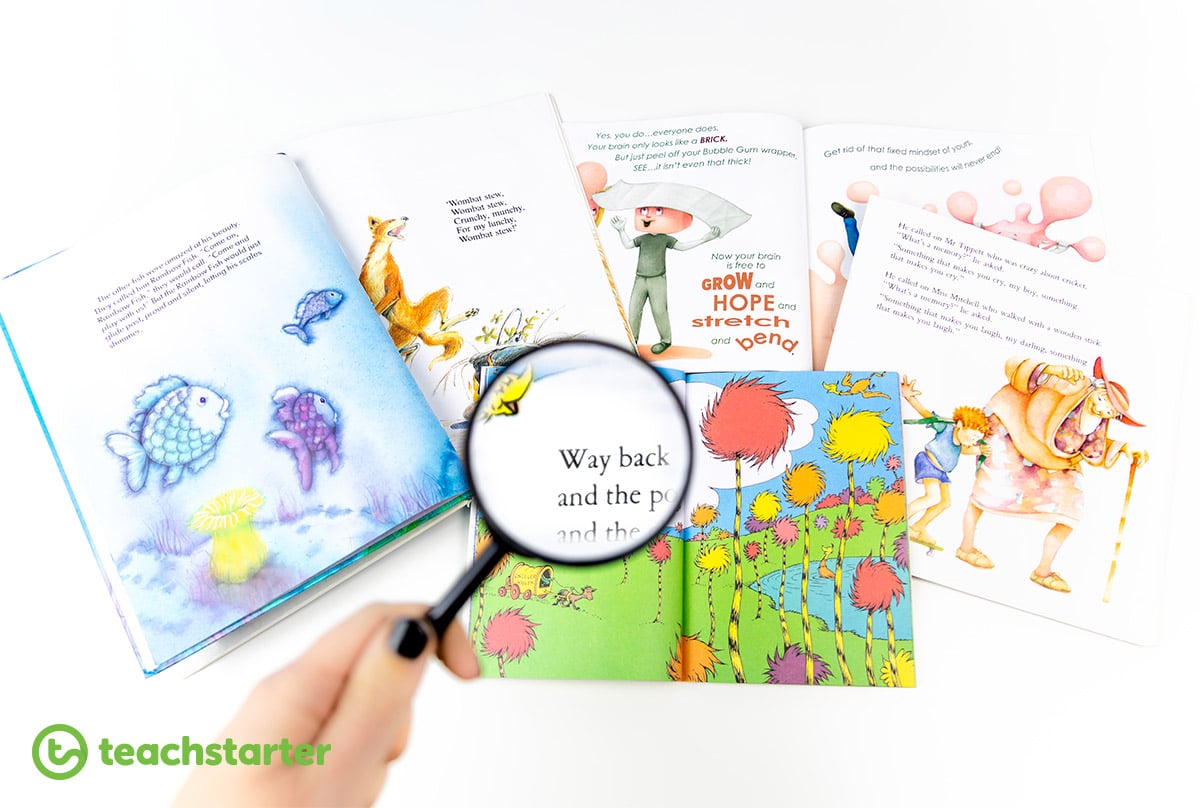
Create a Letter Display Activity
Young learners could design ways of showing all the variations of a particular letter. This task lends itself to hands-on and/or investigative learning and has many cross-curricular links.
Some examples might be:
- Look for a particular letter in magazines or newspapers (remember those?), cut them out and glue them on a sheet of paper.
- Incorporate technology by using a word processing program. Have students create a document and type a particular letter in various fonts.
- Look for a particular letter in different books from the classroom or the library. Have them copy, trace and/or make the different letters for a display.
The resulting work could be used for a ‘letter art show’, oral presentations or even a classroom display that students can make reference to.
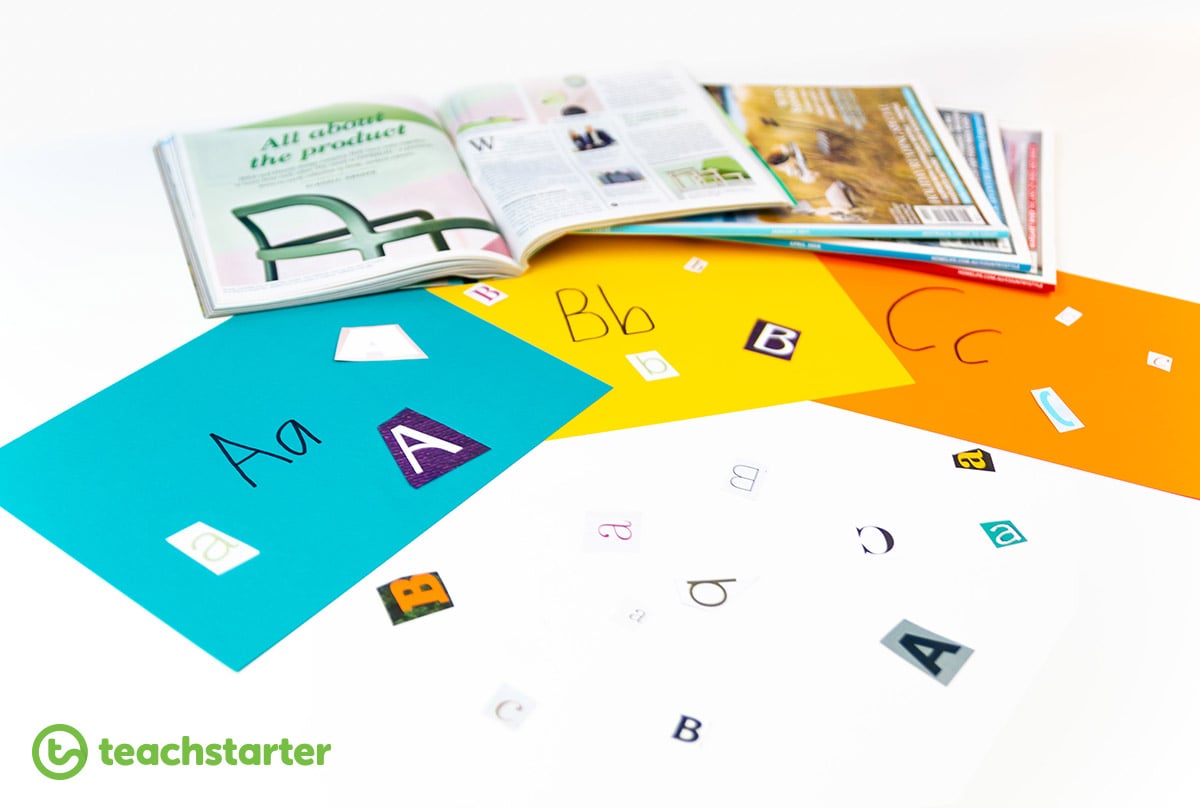
Letters in Real Life!
It’s not just books that use different fonts. Quite often, advertising materials and product packaging contain letters in different fonts within the same small space!
Another fun activity to help your students recognise letters would be to have them bring in catalogues and packaging (e.g. boxes, clean food wrappers, plastic containers with labels) and then become ‘letter detectives’, trying to discover letters in different fonts on the same object. You might be surprised how easy they are to find!
Letter Sort
A great way to help students learn the alphabet is through letter sorting and matching activities.
Our gorgeous Alphabet Matching Caterpillar Activity is a popular letter recognition resource and is also easily adapted to incorporate learning letters in different fonts.
Simply download the letter page in several fonts and add them to the activity to make it an even more robust letter learning experience!
Similarly, Teach Starter offers a wide range of fonts when downloading resources for learning letter recognition. This idea could easily be applied to other resources where a variety of fonts are available. Check out our Alphabet Teaching Resource Collection for these resources.
Exposing students to the variations in letter formation is a necessary step in creating able readers. In an ideal world, there would be one consistent way to write and read our letters but English is a complex language and is often as diverse as the people who speak it. Fortunately, we live in modern times where differences are recognised and celebrated as they enhance our experience and understanding of the world we live in. Applying a similar mindset to letter recognition will only enhance the experience and understanding of literacy in our youngest learners.
More Reading
For more information about teaching all about letters in the classroom, these blogs may be helpful:
11 Hints and Tips to Help Correct Letter Confusion (Letter Reversal)


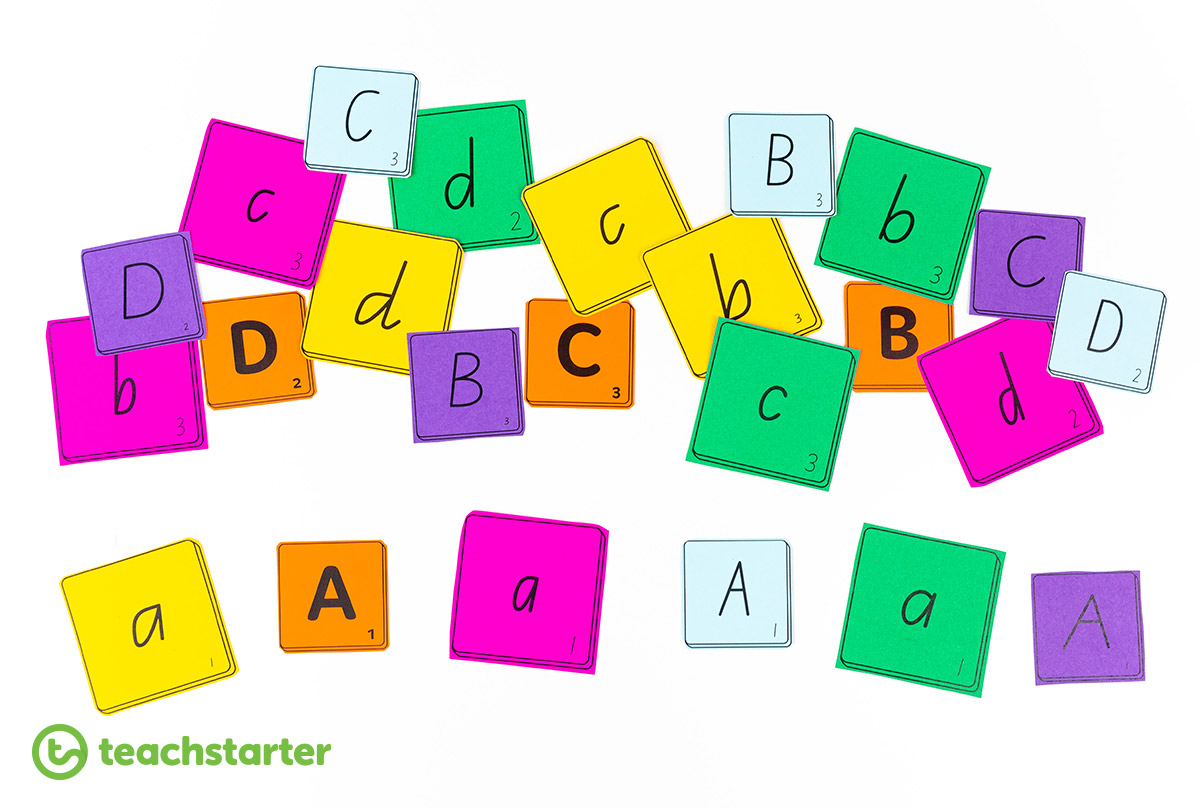

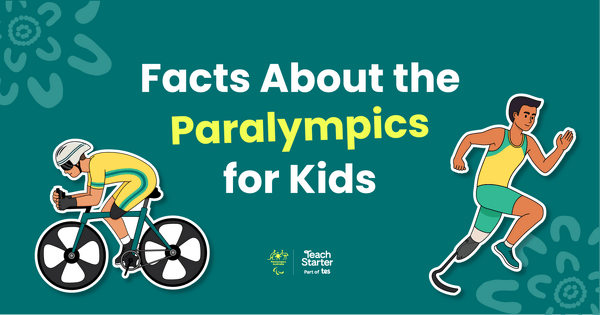

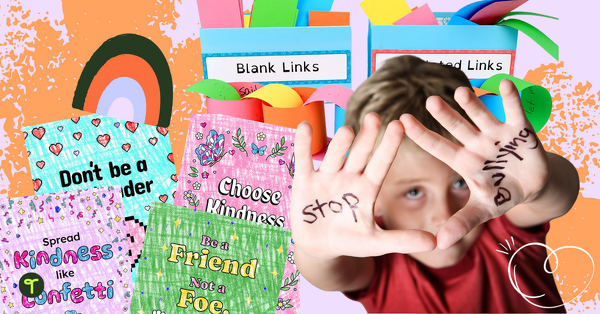
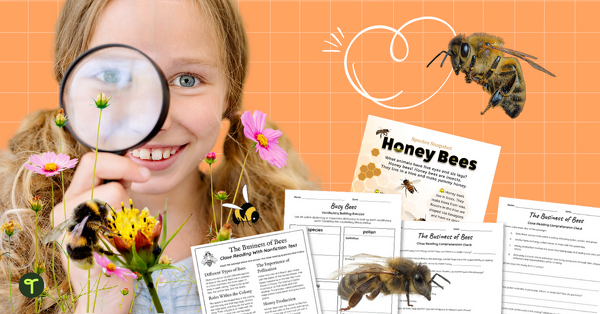
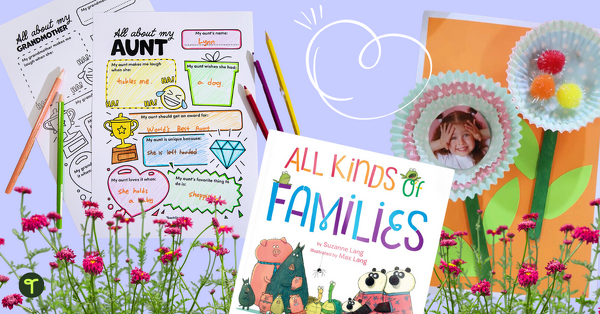
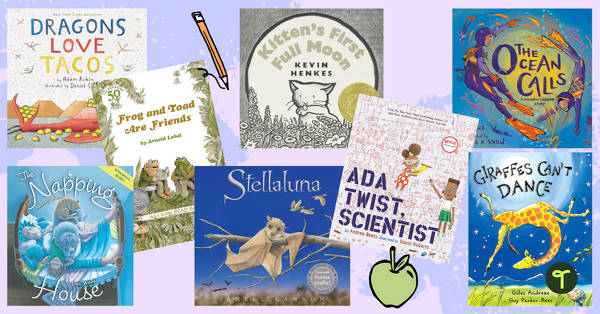
Comments